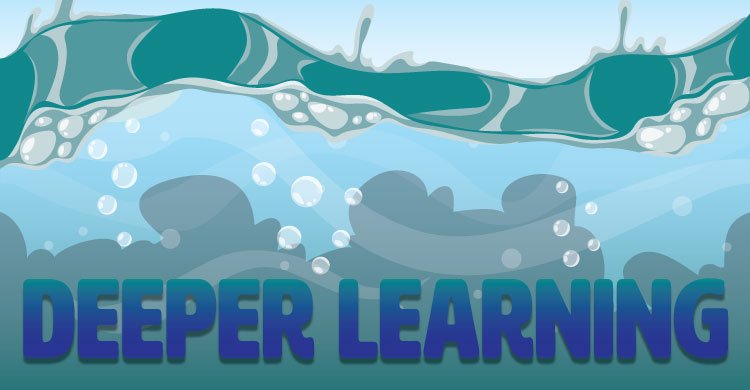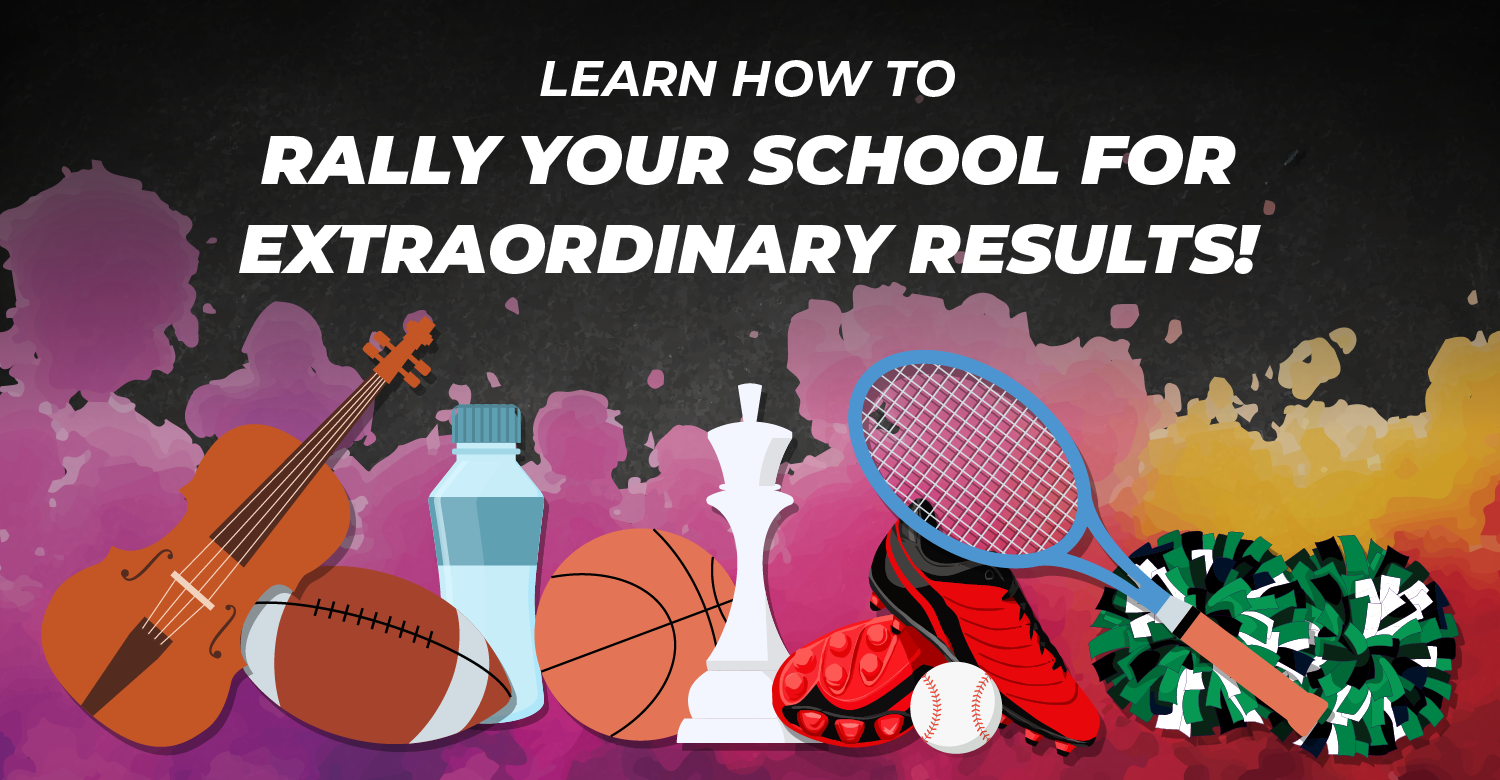Driving Question: What might happen if professional development were personalized for deeper learning outcomes?
I was looking at the ever-popular Danielson framework for evaluating teachers.
I readily appreciate all the different contaminations that bubble up when school leaders aren’t ready or politically able to apply it so that it works for the good of kids.
Although much more complex than it needs to be, Charlotte Danielson has created a helpful tool for teachers to develop their competencies and talents. Note I did not say it was a helpful tool for evaluating performance. It would take pages to uncover the reasons why.
In a more simplified version, I have called on parts of the framework to guide an experiment I began in January. The school has 435 PreK-8 students, mostly from immigrant families from more nations than I have fingers, 75% free and reduced lunch. Under a horrendous CMO, the school was reopening with a new principal, 7 new classroom teachers, one new special needs teacher, and one new ELL. All newbies had no prior experience in their jobs.
I was invited to create and lead the professional development. We had time for a summer workshop plus 2 1/2 hours each week for all faculty and one-hour time slots each day identified as planning periods. A dream come true from the available time standpoint. So too with the dollars. Only one week of stipends, no sub costs, and workshop facilitator and monthly coach costs.
Working with a faculty-administrator team, we first thought to go for a “21st Century Standards-Guided” professional learning academy. In the Summer Institute, we would use the Deeper Learning Frame so that grade level teams infused with the specialists could design standards-aligned lessons with evidence-rich strategies. In the monthly full afternoon sessions, teams would investigate the available strategies and plan new lessons. Peer teams would review their application of the lessons, modify, and move on to the point where they were ready to plan-do-assess project-based learning units. By the end of the year, our aim was four units assessed by each team, a standard that I had reached in other similar schools.
With the plan ready to go, the principal received bad news. The school was out of compliance, thanks to the previous CMO’s operation, in four major areas. Multiple changes in staff assignments. Ouch. Two days to go before the summer workshop and four big holes to fix that would require much of the principal and the teacher’s non-class time. So much for our professional learning for deeper learning plan.
LEMONADE TIME
Part of our plan had been to use the planning and instructing components in Danielson’s framework to guide each teacher’s personalized learning plan. The making of those plans, the observations, and the post-conferences were built into the original. We decided that we would strip the plan to its bones, eliminate all collaboration time, and salvage rounds of individual conferences to coach the new teachers and the grade-level teams with a Personalized Learning Plan.
I took on the responsibility for the coaching. In September, I met with each teacher and each team for a planning conference. We established long-range improvement goals within the context of deeper learning outcomes for students. Individuals focused on one deeper learning competency to advance each quarter, one content goal, and one personal planning goal. Teachers prepared the quarterly plan and designated what I needed to look for in their lesson plans and in my “visit plan.” With these targeted by each individual, I set up an observation schedule and a post conference.
Goals were set as developmental. With evaluation taken off the table, I would visit, conference, and coach the next iteration goal and then set up the observation-conference cycle with four visits and four conferences once per day. Each two weeks , I meet with the school leaders, shared (anonymously) what I observed, and identified school fabric issues that hindered what teachers were trying to do.

INTERIM RESULTS
The deeper learning competencies (critical thinking, creative problem solving, collaboration, and communication) were set for developmental outcomes, the rubric I helped each teacher make was designed to show their growth over a year. Growth indicators showed ability to explain, and then the ability to incorporate various easy to complex tactics in increasingly difficult lessons.
For instance, with collaboration, a third grade teacher’s rubric started with the ability to identify the factors researched by the Johnson research and then teach and incorporate two new factors each month. A plan was marked completed when the teacher provided evidence of its use by students. In month 1, she wrote a common goal for a math task and set up student roles. In the next month, she added assessed a collaboration rubric and collaboration guidelines. When I visited, I focused on how she used a think-pair-share to teach the goal and how she set up the roles and responsibilities.
The plan moved with some small hiccups. One math teacher working on collaboration could not see how to move her desks into triangles: “There’s no room.” After my conference, we went to her room and rearranged the desks. In another case, the teacher set up graphic organizers simply by words. No visuals. Another round preceded by her visit to ClassTools and we were off and running. In five cases, teachers embellished their own PLPs by setting up PLPs with their students. That was an unintended result which other teachers heard about during lunchtime discussion and adopted.
UPS AND DOWNS
In my discussions with the site leadership team, we focused on the pros and cons of this highly individualized professional learning model.
- Teachers. For the teachers, the upside has been a highly individualized program. I found first year teachers who had the poorest readiness when it came to teaching reading and mathematics. I had one with no math course work since her junior year in college. I don’t even want to talk about the undergrad science preparations. On the other hand, I discovered a second year teacher who was a maker space fan and ready to fly with project-based learning. I met several “old timers” who I could score as “highly proficient” when it came to critical thinking. One was a long-term reading workshop practitioner and another a graduate of a NASA academy. For each, the personalized plan lead to fast buy-in to the development of their competencies with a plan-do-assess mindset.The downside was the lack of attention to formal team building. In the middle grades, this left teachers in silos. Initially, a few teachers had to throw gripes and groans into our conferences. That was easy to end, as was the gossip I didn’t ask to hear. It wasn’t difficult to shortstop these negatives, but we were also missing the chance to turn grade-level teams into high performing PLCs.
- Site Leadership. The principal and team leaders got quick pictures of the various competency levels among the staff. Although in the individualized model, with its emphasis on plan-do-assess and the accountability of the conference model, it was more difficult to determine personal growth mindsets, and indicators eventually seeped through. With the leader’s emphasis on professional growth based on the plan-do-assess expansion of proficiency, there was a jump-start to moving the entire faculty to their school-wide deeper learning goals and the readiness for a more intense professional development school plan. In addition, the data provided indicators that would make effective and individualized starting points when the principal initiated the contracted evaluation plan.
- Me. My major focal points for this year were two: building reciprocal professional relationships with each faculty member, and setting in place a growth mindset that would guide us collaboratively to deeper learning goals for all in the school. Relying on my own self-assessed rubric, I find that I am about 40% advanced on the first and 70% on the second.I also have three supporting goals. First, I am anticipating the adaption of the PLP process as part of each teacher’s and leader’s professional repertoire. Second, I am looking to transfer the coaching responsibilities to the team leaders. This will happen after we refine the coaching-collaborating process so that the process will sustain itself. Finally, I am anticipating that the school will become the first 100% PBL charter school built on The MindQuest21 Problem Solving framework that has produced exemplar public schools and strong deeper learning outcomes in Illinois21’s other efforts at school transformation. Let’s wait and see.
[author_bio id=”145″]







Hello,
I am a student at ASU in a teacher program. I am wondering if taking the evaluation out of the picture lifted a weight off of the teachers because they no longer would feel like they are being judged.
Is this PD method currently being used in other schools?
Thanks.